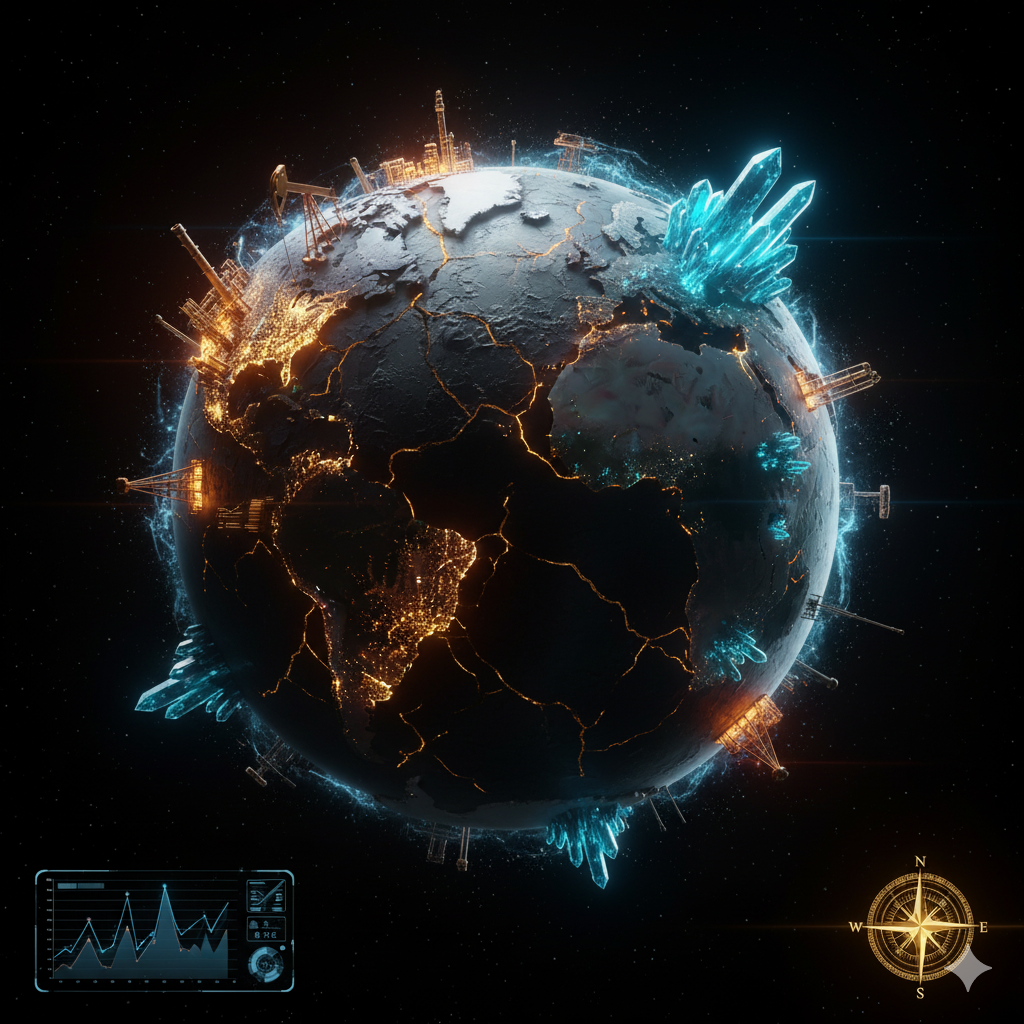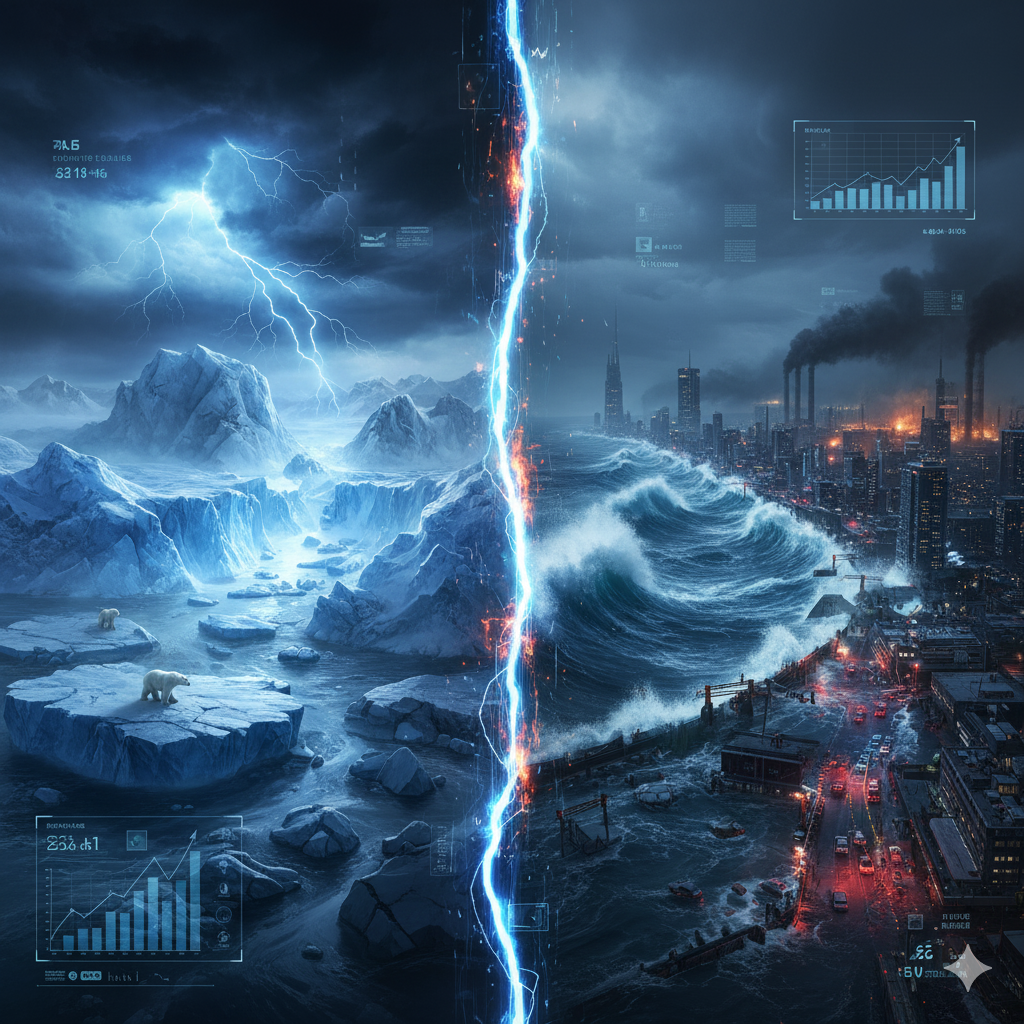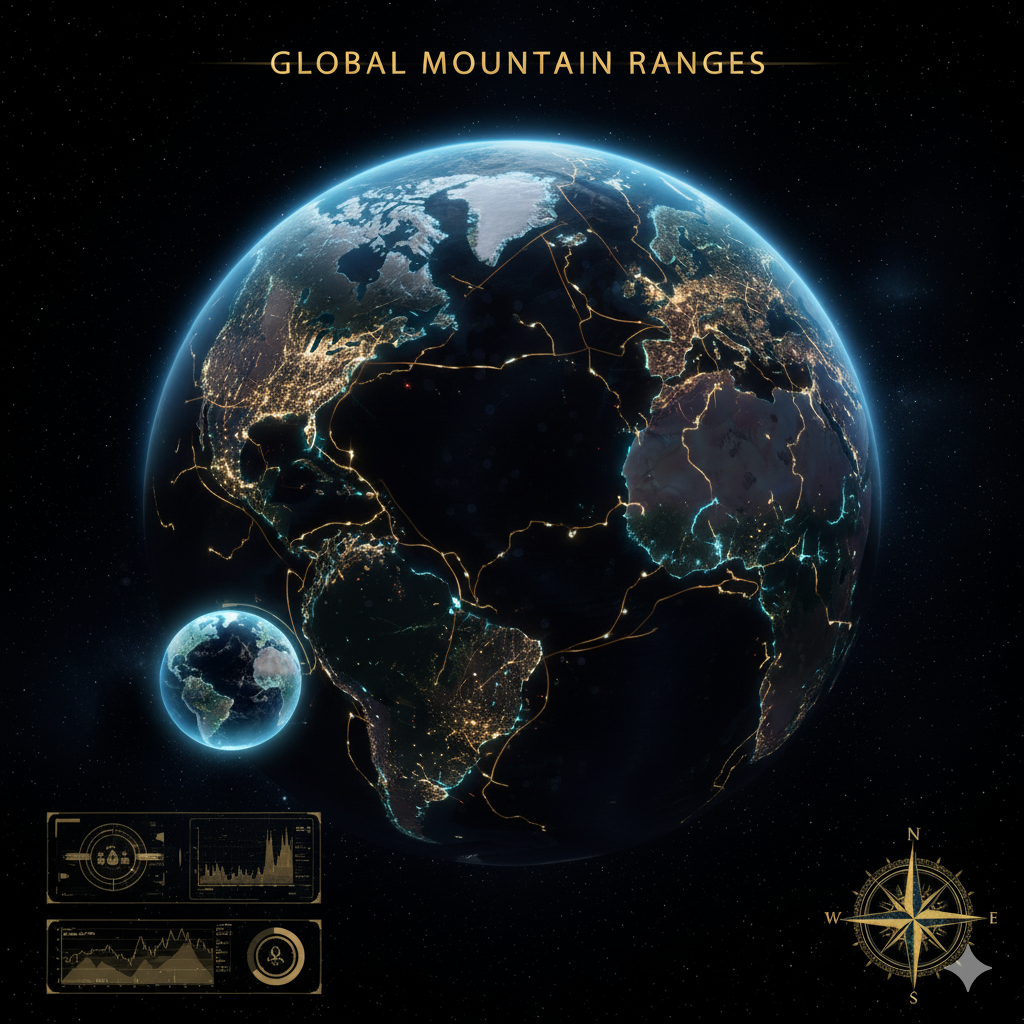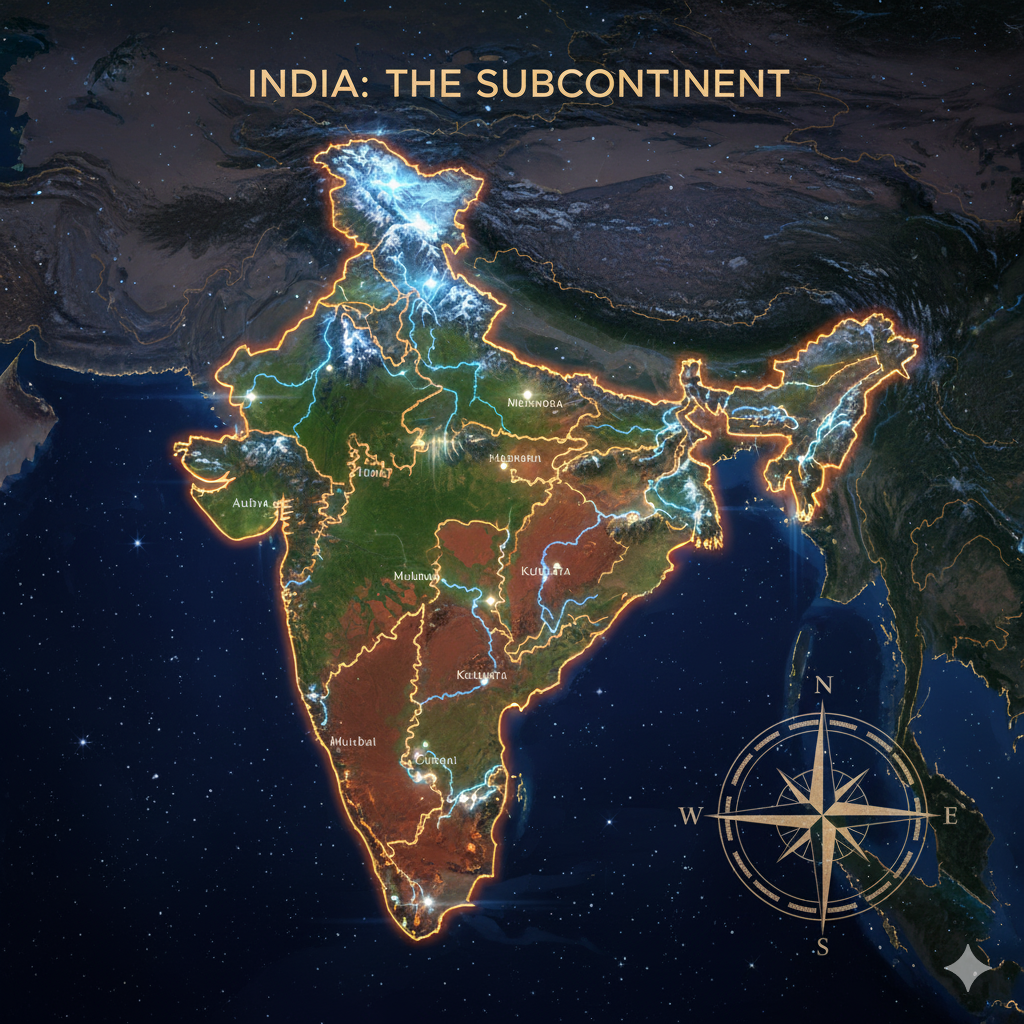Introduction
The cosmos and its various phenomena have fascinated humankind for millennia. Among these fascinating events is the Zero Shadow Day (ZSD), a phenomenon relatively lesser-known to the general public but deeply captivating to astronomers, geographers, and science enthusiasts. This event beautifully demonstrates the interplay between Earth’s position, its axial tilt, and the Sun’s apparent motion in the sky. Understanding Zero Shadow Day not only enriches one’s knowledge of basic astronomy but also offers a vivid reminder of Earth’s dynamic relationship with the Sun.
In this article, we delve deep into the concept of Zero Shadow Day — exploring its meaning, scientific background, conditions for its occurrence, geographic significance, and educational importance.
What is Zero Shadow Day?
Zero Shadow Day (ZSD) is an astronomical event during which, at a particular location, the Sun is exactly overhead at noon, causing no shadow of vertical objects to be cast on the ground. For a few minutes, any object standing upright (such as a pole, a stick, or a human) will have no visible shadow on the ground.
This event happens twice a year for locations between the Tropic of Cancer (approximately 23.5°N latitude) and the Tropic of Capricorn (approximately 23.5°S latitude). Locations along the equator and within these tropics witness Zero Shadow Days because, at certain times of the year, the Sun passes directly overhead as it appears to move northward and southward in the sky.
Scientific Explanation of Zero Shadow Day
To fully appreciate Zero Shadow Day, it is crucial to understand some basic principles of astronomy and Earth’s movements:
- Earth’s Tilt:
The Earth’s axis is tilted at an angle of approximately 23.5 degrees relative to its orbital plane around the Sun. This tilt is responsible for the changing seasons and the varying position of the Sun in the sky throughout the year. - Sun’s Apparent Motion:
Due to Earth’s axial tilt and its orbit around the Sun, the Sun appears to move northwards and southwards between the Tropic of Cancer and the Tropic of Capricorn over the course of a year. - Subsolar Point:
The subsolar point is the location on Earth’s surface where the Sun is perceived to be directly overhead at a given time. On Zero Shadow Day, a specific location becomes the subsolar point momentarily, resulting in no visible shadow for vertical objects.
Thus, when the Sun is directly overhead at local noon, the Sun’s rays fall vertically on objects, and no shadow forms because the light is coming from directly above rather than at an angle.
When and Where Does Zero Shadow Day Occur?
Zero Shadow Day occurs twice a year for every location situated between the two tropics.
- First occurrence: As the Sun appears to move northward from the Tropic of Capricorn toward the Tropic of Cancer (around March to June).
- Second occurrence: As the Sun appears to move southward from the Tropic of Cancer back toward the Tropic of Capricorn (around July to October).
Important Points:
- Locations exactly on the Tropic of Cancer or Tropic of Capricorn experience Zero Shadow Day only once a year — when the Sun is directly overhead during the respective solstice (June for Tropic of Cancer, December for Tropic of Capricorn).
- Locations beyond the tropics (i.e., north of 23.5°N or south of 23.5°S) never experience Zero Shadow Day because the Sun is never directly overhead at those latitudes.
Examples of Zero Shadow Day in Indian Cities
India, lying mostly between the Equator and the Tropic of Cancer, witnesses Zero Shadow Days across various cities at different times:
| City | Latitude | Zero Shadow Days |
|---|---|---|
| Chennai | ~13°N | April 24 & August 18 |
| Bengaluru | ~13.0°N | April 24 & August 18 |
| Hyderabad | ~17.4°N | May 9 & August 3 |
| Mumbai | ~19°N | May 15 & July 28 |
| Kolkata | ~22.6°N | May 21 & July 24 |
| Ahmedabad | ~23°N | May 22 & July 22 |
(Note: The exact dates can vary slightly each year due to Earth’s orbital mechanics.)
How to Observe Zero Shadow Day
Observing Zero Shadow Day requires minimal equipment and preparation:
- Choose a vertical object, such as a stick, pole, or any straight rod.
- Ensure it is planted perpendicular to a flat ground surface.
- Be present around local noon (not necessarily 12:00 PM by the clock but solar noon — the time when the Sun is at its highest point).
- Watch closely as the shadow of the object becomes smaller, eventually vanishing entirely for a brief period before reappearing on the other side.
Pro Tip: Using a plumb line (a string with a weight) can help ensure your object is exactly vertical, leading to a more accurate observation.
Why is Zero Shadow Day Important?
- Educational Value:
It provides a hands-on opportunity to understand concepts like the Earth’s tilt, solar declination, latitude, and the Sun’s apparent movement. - Astronomy and Geography Applications:
Zero Shadow Day is an excellent practical demonstration of the relationship between a location’s latitude and the Sun’s zenith position. - Cultural and Historical Significance:
Ancient civilizations used such observations for time-keeping, designing solar calendars, and aligning monumental structures like pyramids and temples. - Scientific Curiosity and Outreach:
Events such as ZSD help in generating interest in science among school students, amateur astronomers, and the general public.
Zero Shadow Day vs. Equinox: Clearing the Confusion
It’s important to note that Zero Shadow Day is different from an equinox:
| Aspect | Zero Shadow Day | Equinox |
|---|---|---|
| Phenomenon | Sun is directly overhead at a particular location | Day and night are of approximately equal length worldwide |
| Location-specific? | Yes (only within the tropics) | No (global phenomenon) |
| Occurrence | Twice a year for each tropical location | Twice a year globally (March 21 & September 23) |
| Cause | Sun’s zenith position relative to a place’s latitude | Earth’s tilt and orbit around the Sun |
Real-World Applications and Connections
1. Ancient Observatories
Several ancient observatories, like Jantar Mantar in India, were constructed with an understanding of the Sun’s position. Observations like ZSD played a crucial role in the accuracy of these instruments.
2. Modern Technology
Understanding solar angles is critical for:
- Designing solar panels (optimizing the angle for maximum energy collection).
- Architectural planning (designing buildings with effective natural lighting and ventilation).
3. Cultural Festivals
In some cultures, the Sun’s position and solar zeniths marked the timing of agricultural festivals or religious observances, though Zero Shadow Days themselves were not formally recognized as festivals.
Interesting Facts About Zero Shadow Day
- Shortest Shadows: The days around Zero Shadow Day have the shortest shadows of the entire year for a location.
- Personal Sundials: With basic tools, one can measure Earth’s curvature and their own latitude using observations on Zero Shadow Day.
- Unique to Tropics: Only locations between Tropic of Cancer and Tropic of Capricorn experience ZSD — about 40% of the Earth’s surface.
Conclusion
Zero Shadow Day is a marvelous celestial event that eloquently showcases the elegance of Earth’s relationship with the Sun. It represents a vivid intersection of science, culture, and education. By stepping outside and observing an upright object casting no shadow, individuals connect with a profound astronomical reality — a testament to the intricate mechanics governing our world.
Recognizing and celebrating phenomena like Zero Shadow Day can greatly enhance public interest in science, encourage young minds to explore astronomy, and help people appreciate the wonders of the natural world more deeply.
Whether you are a student, a teacher, an amateur astronomer, or simply a curious observer, witnessing Zero Shadow Day is a powerful reminder of the intricate and beautiful universe we inhabit.




